
آماده سازی سطح پیش از آبکاری (قسمت اول مقدمه ای بر پاکسازی سطح)
Surface Preparation of Metals Prior to Plating (part 1: introduction to surface cleaning)
| I. DEFINITION OF CLEAN SURFACEIn the preparation of almost all metals for decorative plating, one of the most, if not the most important consideration, is the preplating sequence: cleaning process. This is so, because the appearance, adhesion and acceptance of the finished article depend primarily on a sound foundation for the final finish, which is achieved only with an active and clean substrate. | 1- تعریف پاکسازی سطح (تمیزکاری سطح)در فرایند آبکاری یکی از مهمترین مراحل آماده سازی سطح، تمیز کردن سطح است. این به این دلیل است که ظاهر، چسبندگی و قابل آبکاری بودن سطح در درجه اول بستگی به یک بسترفعال و تمیز دارد. |
| Clearly, only a properly designed preplating sequence will result in quality parts. It is not question of whether or not cleaning is required, but what type of cleaning should be used. Clean can mean many different conditions to many people. | مشخصا، تنها یک توالی آماده سازی از پیش طراحی شده می تواند به قطعات با کیفیت منجر شود. سوال این نیست که آیا تمیز کردن مورد نیاز است یا خیر، بلکه مسئله این است که چه نوع فرایند پاکسازی باید مورد استفاده قرار گیرد. پاکسازی سطح ممکن است تحت شرایط متفاوتی توسط افراد انجام بگیرد |
| Cleaning is loosely defined as the process of removing unwanted contaminants or dirt from a surface. A practical definition of word clean is “containing no contaminants that would interfere with satisfactory deposition of one adhering finish”. It is differentiated from other finishing processes in that the cleaning process does not alter the surface physically or chemically. | تمیز کردن سطح اساسا بعنوان حذف آلودگیهای ناخواسته یا کثیفی از روی سطح است. منظور از تمیز کردن این است که هیچ گونه آلودگی که مانع چسبندگی پوشش آبکاری شده بر روی سطح باشد وجود نداشته باشد. در واقع برخلاف سایر فرایندهای آبکاری، پاکسازی سطح زبق این تعریف باعث تغییرات فیزیکی یا شیمیایی در سطح بستر نمی شود. |
| A properly cleaned surface is just the same as it was prior to cleaning, except for the missing soil For example, to the spray painter, “clean” can be simple freedom from oil or grease. A plater will need to go further, in that his work must also be free of rust, scale, oxide and smut. | سطحی که تمیز می شود کاملا مشابه با پیش از تمیز شدن خود است با این تفاوت که گردوغبار و آلودگیهایی که روی آن بوده اند حذف شده است. بعنوان مثال برای رنگ آمیزی با اسپری، تمیز شدن را می توان حذف روغن و چربی تعریف کرد. اما این مفهوم برای یک آبکار کمی فراتر از زدودن روغن و چربی است بلکه او نیاز دارد تا کلیه زنگ زدگیها اکسیدها و دوده ها را نیز از سطح قطعه پاکسازی نماید. |
| A nickel-chromium decorative plater would be especially more critical, since minor rust and scale would appear on finished parts as white frosty spots, pits, roughness or even black spots | حساسیت یک آبکار نیکل-کروم تزئینی حتی از این هم باید بیشتر باشد چراکه کوچکترین زنگ زدگی و لکه می تواند در قسمتهای آبکاری شده ایجاد لکه های سفید، حفره، زبری و یا حتی لکه های سیاه می شود. |
| A cyanide zinc plater may not be as critical, since less than thoroughly clean parts would come acceptable, mostly because cyanides, inherently, are good cleaners because of their high alkalinity and ability to complex many metal ions. | اما این میزان حساسیت برای یک آبکار که در زمینه روی سیانیدی فعال است چندان الزامی ندارد، زیرا سیانیدها به خودی خود به دلیل قلیائیت بالایی که دارند پاک کننده های قوی محسوب می شوند و می توانند با بسیاری از فلزات کمپلکس تشکیل شوند. |
| Can conditions of clean and active surface be achieved ion a reasonable, uncomplicated and cost effective manner? For the plater, we can contentedly state that such a condition can be attained. | آیا امکان دست یابی به شرایط پاکسازی و فعالسازی سطح که ساده، ممعقول و مقرون به صرفه باشد وجود دارد؟ ما با اطمینان خاطر میگوئیم که برای یک آبکار، این شرایط قابل حصول است |
| Today, platers are taking parts, as they receive them, and are placing these parts through a cleaning process cycles in hand lines, hoist lines, automatic lines and strip lines with even more successful than ever before. If we want to be successful in cleaning today, we must handle cleaning processes with the same care and control as we do with plating processes. | امروزه، آبکارها به محض اینکه قطعه ای را دریافت می کنند، آن را بصورت دستی، خطوط اتوماتیک و یا خطوط نواری در چرخه پاکسازی قرار میدهند. اگر امروزه ما بخواهیم در پاکسازی موفق باشیم باید فرایند پاکسازی را با همان دقتی که سایر فرایندهای آبکاری را با دقت کنترل میکنیم آن را نیز مدیریت کنیم. |
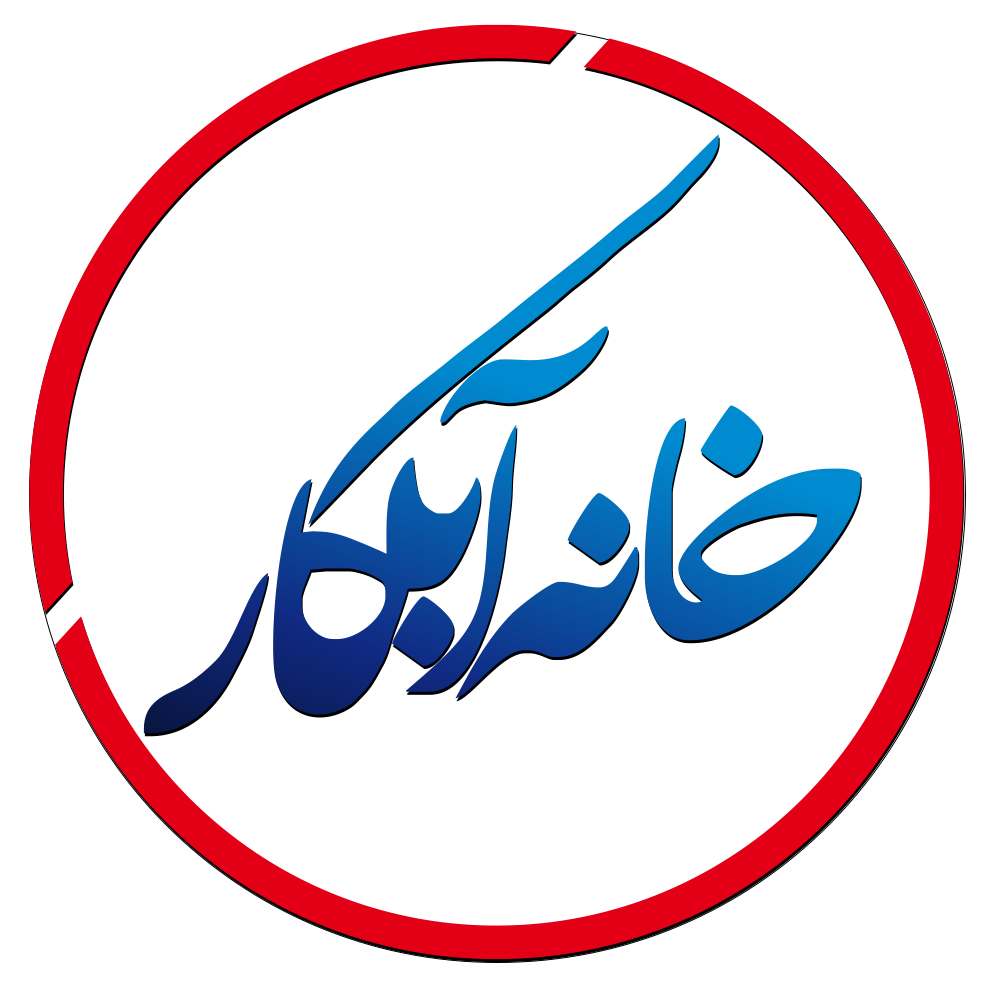

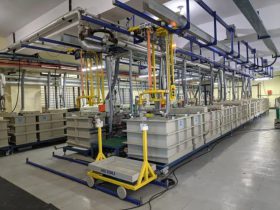
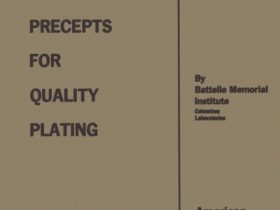
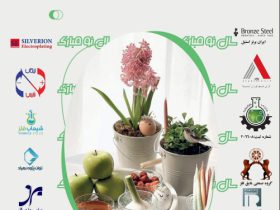
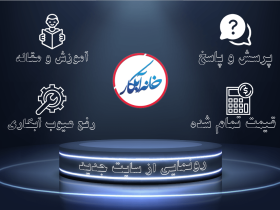


نظرتان را بیان کنید